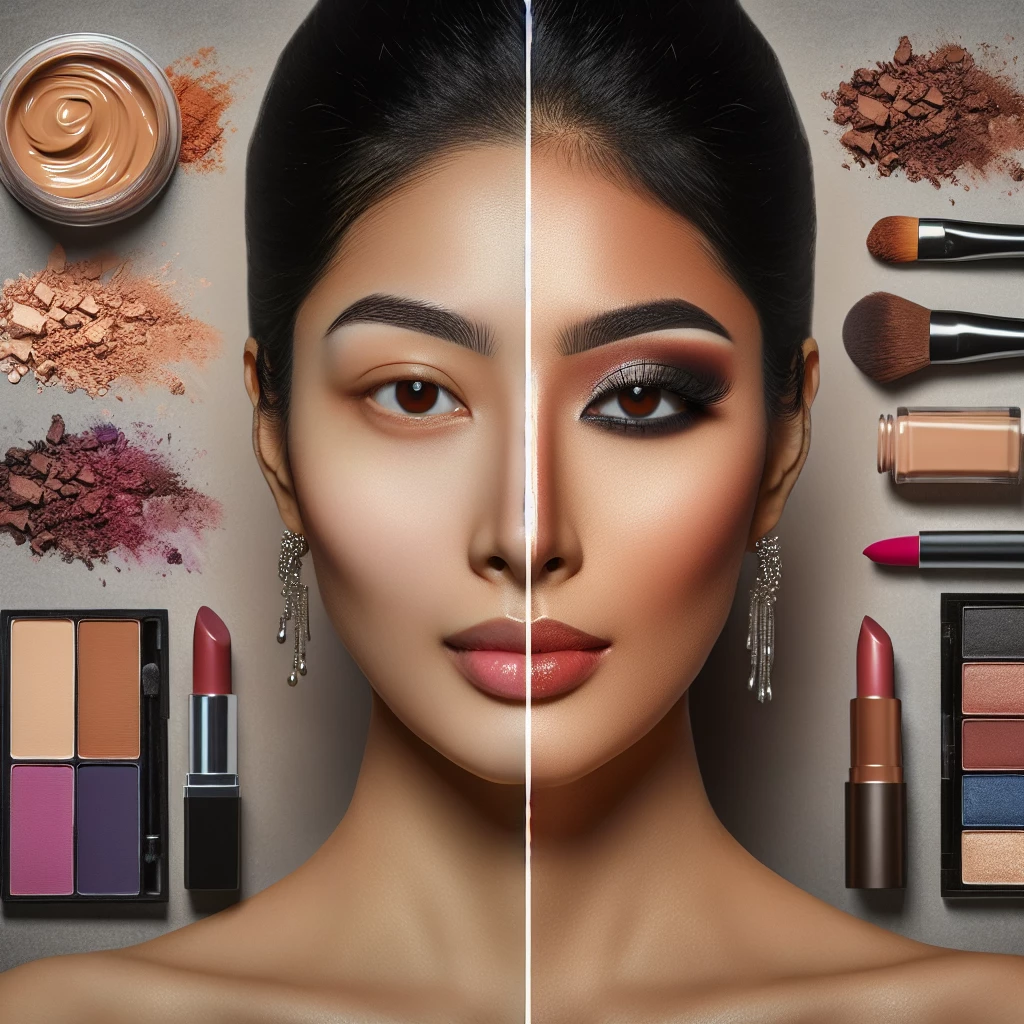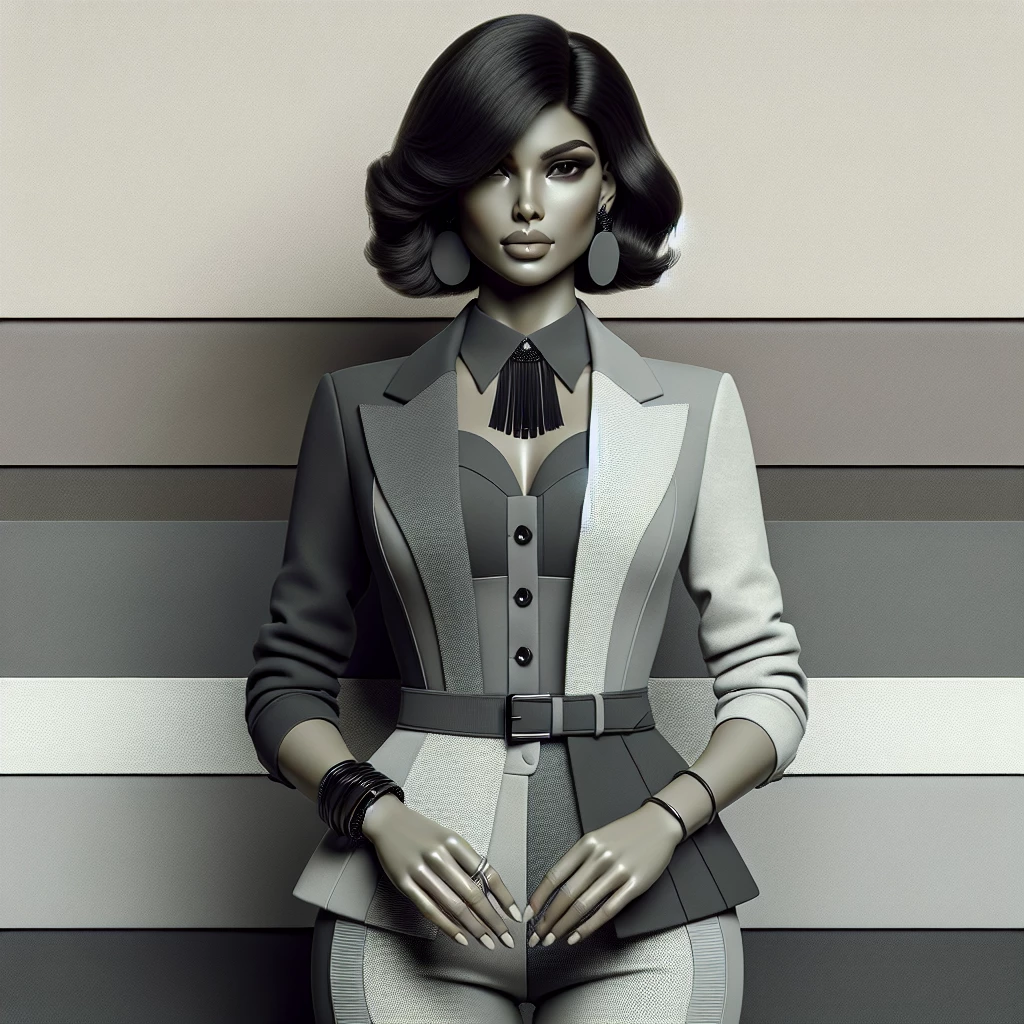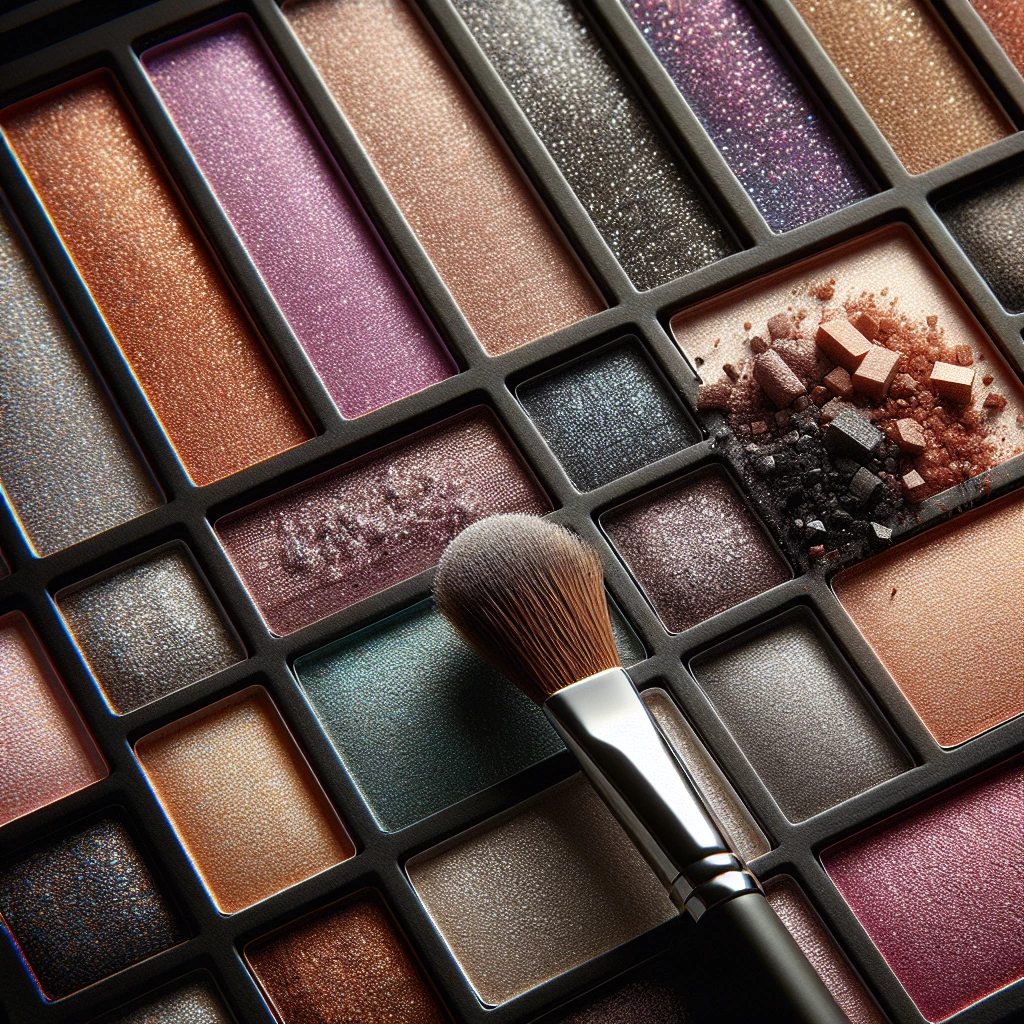Welcome to another exciting piece on Makeup Queens, your one-stop site for all things beauty. Today, we will delve into the world of makeup, focusing on a beloved tool in every woman's beauty arsenal: Eye shadow. Our guide will illuminate the diverse textures of eye shadow, and how they can enhance your makeup game. We will discuss everything from understanding different textures to knowing how to choose and apply them for maximum impact. Ready for a beauty deep-dive? Let's go!
Understanding Eye Shadow Textures
Eye shadow comes in a kaleidoscope of colors, but did you know it also comes in varying textures? The texture of an eye shadow can dramatically change the impact it has on your overall look. From creamy to powdery, matte to shiny, the texture of your eye shadow plays a crucial role in its presentation and finish.
Each texture has its unique attributes and application techniques. Creamy eye shadow, for instance, is known for its long-lasting wear and intense pigmentation, while powder eye shadows often provide softer, more subtle color payoff. Some textures, like shimmer and glitter, can add sparkle and catch the light, while others, like matte and satin, can add depth and dimension without any shine.
Choosing an eye shadow texture comes down to your tastes, occasion, and overall makeup look. For example, if you're looking for a sophisticated, office-friendly eye makeup, you might reach for matte shadows. On the other hand, glittery textures might be your go-to for nights out or special occasions.
How and When to Apply Different Textures
Knowing when and how to apply different eye shadow textures can elevate your makeup from lovely to outstanding. Generally, lighter, sheer textures (like creams and shimmers) work well for daytime or casual looks, while darker, denser textures (like mattes and satins) lend themselves to more formal or evening looks.
Applying eye shadow is also influenced by its texture. Cream eye shadows, for instance, work well when blended with your fingertips, while powdery textures usually require a brush for ideal dispersion. Shimmery and glittery eye shadows can be applied using a damp brush to maximize their reflective properties and intensify color payoff.
Remember, there are no hard and fast rules in makeup. It’s all about what makes you comfortable and enhances your natural beauty. Don’t be scared to experiment with different textures, colors, and application techniques!
Best Practices for Eye Shadow Textures
Now, a few tips to get you closer to being an eye shadow texture pro. Firstly, when blending eye shadows of different textures, it's prudent to start with the lighter texture first. This can create a base for your eye makeup look and make blending easier.
Never underestimate the power of an eye shadow primer. It can help intensify the pigmentation of your eye shadow, regardless of its textures, and increase its durability on your eyelids. Lastly, always pay attention to shelf-life information as eye shadow, like all makeup products, can expire, which can change its texture and quality over time.
Keep in mind that makeup should never be a chore but a form of self-expression, so don’t stress too much about perfectly adhering to these guidelines!
Eye shadow textures can sometimes feel intimidating, but with the right insights and tips, they can become your secret beauty weapon. Whether you're a fan of creamy shadows or you have a soft spot for the glittery ones, understanding the different textures can only improve your makeup game. Remember, the key to makeup is playfulness and creativity, so don't hesitate to experiment and have fun with it! Stay tuned to Makeup Queens for more beauty guides and discussions. Go ahead and make your eyes shine!

Five-Minutes Makeup Hacks
In search of a quick and reliable makeup routine? Discover our top five-minute makeup tips.

Introduction to Organic Beauty Products
A deep dive into the pros and cons of incorporating organic beauty products into your daily makeup routine.

Transition Makeup from Day to Night
Discover effective tips for ensuring your makeup transitions smoothly from day to night.

Mastering the Monochromatic Look
Uncover the secrets to nailing the trendiest monochromatic makeup looks with our step by step guide.
